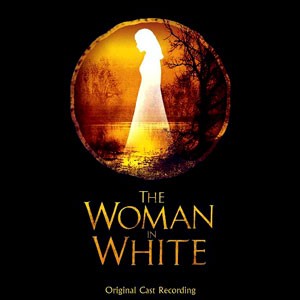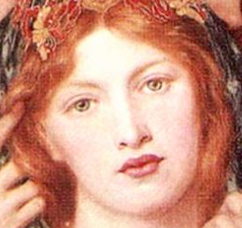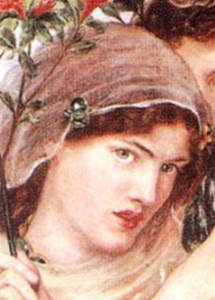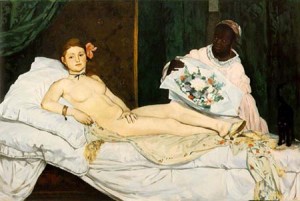Alice in Wonderland is a fanciful tale about a girl who dreams about falling down a rabbit hole into a magical realm of nonsense and curiosities (because to say wonder seems to nondescript). Once there, she encounters many situations in which standard phrases in which readers may think themselves familiar until they are re-imagined with different social interpretations or meanings. The constantly changing nature of social meaning through language instills in readers the opportunity, if not the obligation, to be more liberal in their interpretations and understandings of social situations and questions.
Language in Alice asks readers to become aware of their own social preconceptions through the use of seemingly familiar phrases and the presentation of opposing interpretations. Alice is told to “take some more tea,” during tea time with the March Hare, Mad Hatter, and the Doormouse, to which she replies that she’s had none yet, therefore, cannot take more. The Hatter refutes the point by stating, “You mean you can’t take less… it’s very easy to take more than nothing.” In this instance, we see Alice’s conception of more and less and the Hatter’s. Alice interprets “more” as adding to an already existing value (a previous cup of tea) while the Hatter presumes that zero is a reasonable value on which to start adding more tea. There is a social judgment placed on the interaction by both Alice and the Hatter yet the text does not seem to take sides in order to guide a reader towards the “correct” assumption. Rather, the text seems to ask the reader to consider their own understanding of the situation. Which interpretation is more familiar, which is more reasonable, or if both are reasonable, how does it change a reader’s concept of what is being asked of them? If the reader agrees more with the Hatter they may begin to question their sanity. If they agree with Alice perhaps they might question their adulthood. No matter which character they agree with the reader must reflect upon the effectiveness of the question itself.
The language in Alice in Wonderland plays with the variety of means a word or phrase can have, depending on the manner in which a person chooses to interpret it. Interpretation can stem from many sources such as learned social cues and a standardization of linguistic patterning. However, when the aforementioned expectations change or become ambiguous misunderstandings abound. This post will investigate briefly the effectiveness of Alice in Wonderland as a text that exposes readers’ social preconceptions and their ability or inability to adapt in an environment with different or changing expectations.





